Ridethepork
Newbie
- Dec 28, 2019
- 4
- 6
- Primary Interest:
- All Treasure Hunting
What do you think should I send it in to be tested or should I take it to the university and have them look at it
Amazon Forum Fav 👍
Attachments
-
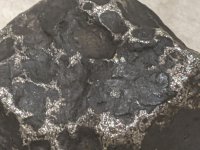 IMG_20200310_145654.jpg955.8 KB · Views: 58
IMG_20200310_145654.jpg955.8 KB · Views: 58 -
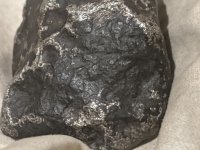 IMG_20200310_145753.jpg965.5 KB · Views: 40
IMG_20200310_145753.jpg965.5 KB · Views: 40 -
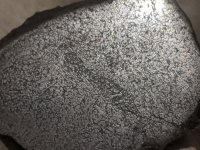 IMG_20200310_145432.jpg1.5 MB · Views: 62
IMG_20200310_145432.jpg1.5 MB · Views: 62 -
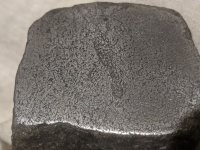 IMG_20200310_145346.jpg1.5 MB · Views: 45
IMG_20200310_145346.jpg1.5 MB · Views: 45 -
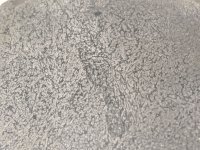 IMG_20200310_145325.jpg1.2 MB · Views: 60
IMG_20200310_145325.jpg1.2 MB · Views: 60 -
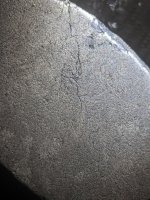 IMG_20200310_065852.jpg1.9 MB · Views: 57
IMG_20200310_065852.jpg1.9 MB · Views: 57 -
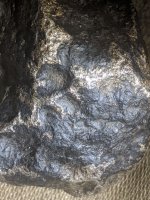 IMG_20200310_065725.jpg1.6 MB · Views: 35
IMG_20200310_065725.jpg1.6 MB · Views: 35 -
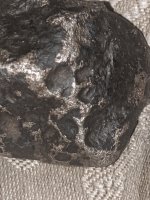 IMG_20200310_065518.jpg1.2 MB · Views: 38
IMG_20200310_065518.jpg1.2 MB · Views: 38 -
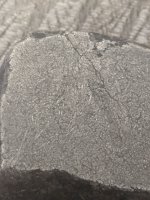 IMG_20200310_065422.jpg1.1 MB · Views: 57
IMG_20200310_065422.jpg1.1 MB · Views: 57 -
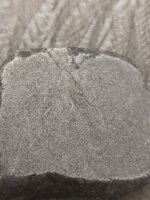 IMG_20200310_065336.jpg1.7 MB · Views: 68
IMG_20200310_065336.jpg1.7 MB · Views: 68 -
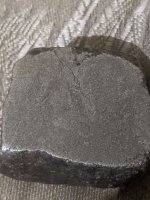 IMG_20200310_065305.jpg1.3 MB · Views: 44
IMG_20200310_065305.jpg1.3 MB · Views: 44 -
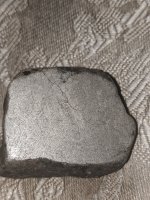 IMG_20200310_065134.jpg2 MB · Views: 61
IMG_20200310_065134.jpg2 MB · Views: 61 -
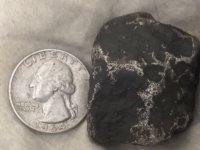 IMG_20200310_153234.jpg1.1 MB · Views: 54
IMG_20200310_153234.jpg1.1 MB · Views: 54 -
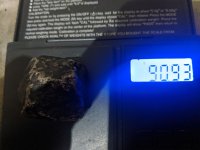 IMG_20200310_153120.jpg1.5 MB · Views: 36
IMG_20200310_153120.jpg1.5 MB · Views: 36 -
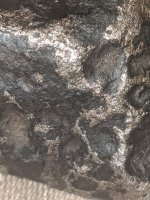 IMG_20200310_065617.jpg1.4 MB · Views: 34
IMG_20200310_065617.jpg1.4 MB · Views: 34


